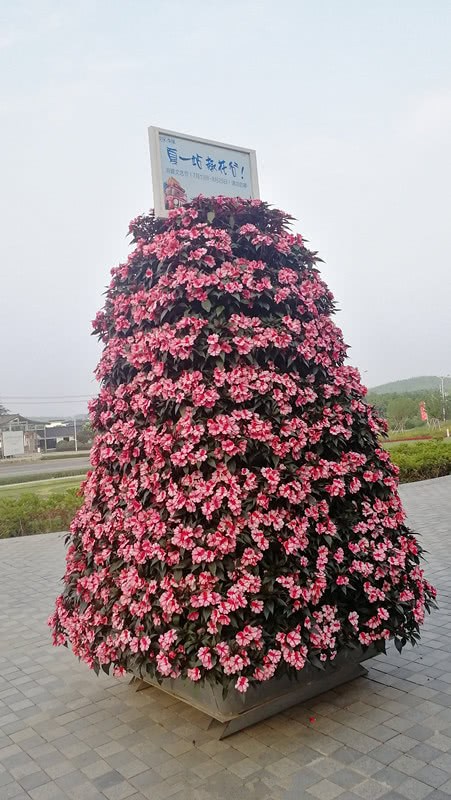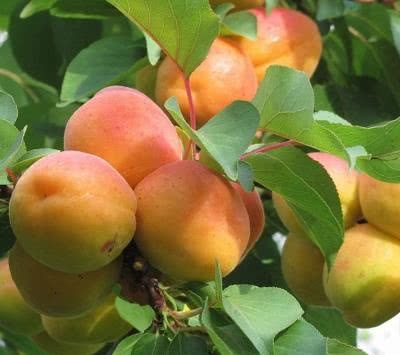The four W should be kept in mind when raising succulent plants and fertilizing in autumn.

22 February
?
Foreword Qian Yan
Love succulent love life (WeChat: duorou91) reply "Community" to share with 20W meat friends!
The background replied "delicious meat", "summer, watering, leaf insertion, soil allocation, disinfestation, black rot" to view the relevant maintenance knowledge.
Reply to succulent names such as "White Peony, Ruby, Raul" to view the latest succulent brochure.
Welcome to put the original basin friend circle ~ if you need to reprint or contribute, please contact Huichang Wechat duorouzw01.
Author / Network Editor /
Image source / network, invading and deleting
Autumn has always been a good time for succulent flesh to gain weight, and coloring and obesity are all at once! However, for succulent fertilization, many meat friends have questions, such as how to fertilize succulent, what fertilizer to succulent, liquid fertilizer irrigation or slow-release fertilizer and so on. In the face of these questions, some flower friends summarized the 4W fertilization rules and answered the above questions.
1. What kind of fertilizer does "What" apply?
① special granule slow-release fertilizer, this kind of fertilizer will gradually release fertility with the increase of temperature and will not directly burn the roots.
② nitrogen fertilizer, promote trees to flourish, increase chlorophyll, strengthen vegetative growth; too much nitrogen fertilizer will lead to soft tissue, long stems and leaves, vulnerable to diseases and insects, and reduce cold tolerance; lack of nitrogen fertilizer will lead to small plants, yellow-green leaves, slow growth and can not bloom. Nitrogen mainly comes from nitrogen in the air and dissolves in Rain Water through oxidation. If Rain Water drenches too much, the succulent plant will grow too much. Including ammonium bicarbonate, urea, ammonium nitrate, ammonia, sodium chloride, ammonium sulfate and so on.
③ phosphate fertilizer makes the stems and branches of trees tough, promote the formation of flower buds, large and colorful flowers, and can make succulent growth and development, more new roots, improve the ability of cold and drought resistance; lack of phosphate fertilizer trees grow slowly, small leaves, branches or tillers reduce, flowers and fruits are small, mature late, the veins of the lower leaves yellowed first and then purplish red. Phosphorus mainly comes from tap water, although the content is low, as long as you are not breeding for succulent flowers, it is enough for succulent plants. Including ordinary calcium superphosphate, calcium magnesium phosphate fertilizer and so on. Animal bones are also rich in phosphorus, so mixing a small amount of bone powder into the pelvic floor can promote succulent roots.
④ potash fertilizer can make tree stem strong, improve the ability of disease and insect resistance, cold resistance, drought resistance and lodging resistance, promote root development, bulb root enlargement, fruit expansion and good color; potassium deficiency will lead to necrotic spots on the leaf edge of trees, initially spots on the lower old leaves, and leaf tips begin to turn yellow, followed by scorch and necrosis. Excessive potassium fertilizer will cause shortening of internodes, dwarfing of the whole plant, yellowing of leaf color, wilting, and even death. Potassium mainly comes from granular soils such as laterite and volcanic rocks. At present, it is not used much, and the main varieties are potassium chloride, potassium sulfate, potassium nitrate and so on.
2. When will When be fertilized?
Generally, fertilization is carried out in the growing period and flowering stage, and fertilization in the flowering stage begins with the emergence of foil, once a month, along with watering. Apply until the seed is ripe. Individuals who need to control flowering time and coordinate flowering time can apply less or not.
3. Where is the "Where" fertilization?
Base fertilizer: when planting, it is directly mixed into the soil, commonly used are plant ash, bone powder, shell powder, mature livestock manure, etc., because most varieties of succulent plants like the soil containing a certain amount of calcareous matter, so the soil can be mixed with eight appropriate amount of bone powder, eggshell powder and other calcareous materials.
Topdressing: the large amount of nutrients needed by succulent plants at a certain period of time (flowering period) to supplement the deficiency of basal fertilizer. It should be carried out according to different varieties and growth periods.
Slow-release fertilizers and organic fertilizers can be buried in the soil or put on the soil surface, while liquid fertilizers need to be sprayed with foliage or roots.
4. What varieties are fertilized by "Who"?
Fertilization of succulent plants should be carried out according to different seasons according to the differences of varieties.
The beginning of summer is the peak growing season for most varieties of succulent plants, such as tequila, cacti, Apocynaceae, Apocynaceae and so on. However, the "winter-type" succulent plants growing in the cool season, such as Caryophyllum, Lycopodium, Vientiane, Yufan, etc., gradually enter the dormancy or semi-dormancy period, and their growth is completely stagnant or extremely slow, and the nutrients needed are not much.
Therefore, for the "summer type" must be given an adequate supply of water and fertilizer, the "winter type" should stop fertilization, so as not to cause rotten roots; and after September, the "winter type" succulent plants gradually begin to grow, and attention should be paid to fertilization to provide sufficient nutrients to promote the growth of the plant. "summer type" succulent plants gradually enter the dormancy state, about to stop fertilization.
5. How to apply fertilizer and how much?
Fertilization is generally light rather than thick, can be applied several times when needed. The amount of fertilizer applied to succulent plants can be equal to the amount of water each time according to volume.
The basin soil should be basically dry before fertilization, and the effect of loosening the soil before fertilization is better.
The type of fertilizer should be selected according to plant species and growth stage. generally, nitrogen fertilizer is the main fertilizer in seedling stage, and phosphorus and potassium fertilizer is mainly in flower bud differentiation stage and flowering and fruiting stage. There is more nitrogen fertilizer in spring and less nitrogen fertilizer before overwintering. Succulent plants with many leaves can have a little more nitrogen fertilizer, while stem succulent plants and spherical palms should be dominated by phosphorus and potassium fertilizer.
Flowering fertilizer is mainly phosphate fertilizer and potash fertilizer, supplemented by other elements, and it is best to apply it in liquid form to take effect quickly. You can choose professional flower fertilizer such as Hua you and Hua duo, or you can directly apply potassium dihydrogen phosphate. The application ratio is controlled at about 1RU 2000, that is, 1 gram of fertilizer with 2 kg of water.
Once again, some immortals will think that the ratio of 1VR to 1000 is more appropriate, but this concentration can only be used when plants grow vigorously in greenhouses and greenhouses. In a family environment, plants absorb nutrients much faster than greenhouses and greenhouses, so they can be as light as possible.
6. "Look" points for attention!
The new plants of ① and the self-root cultivated plants with poor growth, root damage, stem and leaf wound, and all ferruginous plants damaged by red spiders should not be fertilized.
② organic fertilizer must be fully mature before it can be used.
Seedlings newly unearthed in ③ should not be fertilized within 1 month.
④, don't use foul-smelling fertilizers in cities.
⑤ contains salt broth, vegetable juice and fresh milk, soy milk, can not be used as fertilizer.
⑥ fresh eggshells should not be buckled on the potted soil as fertilizer.
- Prev

The new potted flowers are colorful in color, blooming in four seasons, and easy to maintain and worth having.
Guide green potted plants is a necessary embellishment of home life, raising some flowers and plants at home, many benefits, not only can beautify the room, but also happy mood. "Huasheng potted Plant Diary No. 1401" will introduce you to a new type of potted flower. Lord of the day.
- Next

Apricot potted cherry potted cherry potted fig potted fruit in the same year
When planting seedlings, we should pay attention to digging deep holes, applying sufficient base fertilizer, pruning roots, filling soil to lift seedlings, and stepping on. Orange surface, make people look more appetitive, most suitable for planting in the courtyard, can be long-term growth, to facilitate long-term food.
Related
- Wuhan Hospital Iron Tree Blooming Result Was Instantly Frightened by the Gardener Master
- Which variety of camellia is the most fragrant and best? Which one do you like best?
- What is the small blue coat, the breeding methods and matters needing attention of the succulent plant
- Dormancy time and maintenance management of succulent plants during dormancy
- Minas succulent how to raise, Minas succulent plant pictures
- What are the varieties of winter succulent plants
- How to raise succulent plants in twelve rolls? let's take a look at some experience of breeding twelve rolls.
- Attention should be paid to water control for succulent plants during dormant period (winter and summer)
- Watering experience of twelve rolls of succulent plants
- Techniques for fertilizing succulent plants. An article will let you know how to fertilize succulent plants.

